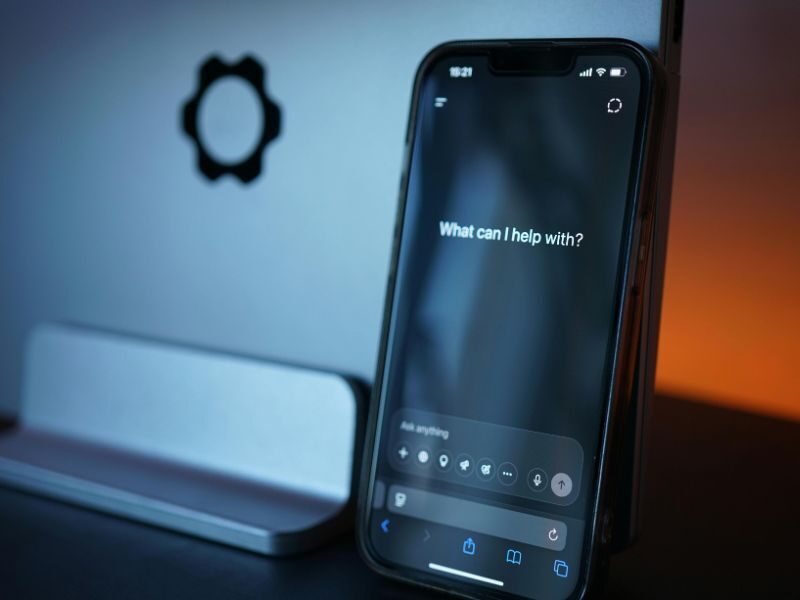The Importance of SafeTALK


*trigger warning: suicide*
A few weeks back, we published a blog about Mental Health First Aid certification, giving a brief overview of its importance, how to sign up, and what vital information you will learn.
Another workshop offered locally is called SafeTALK. The “Safe” stands for “Suicide Alertness for Everyone” which is the basis of the workshop, while the “TALK” is an acronym to help people become “suicide aware”.
In this half-day training, participants learn the steps of recognizing and intervening with a person is experiencing thoughts of suicide, using the “Talk” acronym. These steps can be taken by anyone, and you may even help to save a life by being aware of their importance.
TELL: The first step of becoming suicide aware isn’t always easy. There are times when people approach a loved one and tell them straight out that they are having thoughts of suicide. Most of the time though, this isn’t the case. Being aware of what people are thinking, or other ways they may be trying to tell you what’s going on is vital. These might include withdrawing from friends and family, getting affairs in order, missing work or school, and not enjoying activities the same way they used to.
Alternatively, there may be a sudden change in mood, going quickly from depressed to elated. This is different from a gradual improvement in mood of someone who is recovering, and could mean they may have made the decision to end their life.
ASK: The wording of this step is very important. If you think someone you know may be considering suicide, you need to ask them, “Are you considering suicide?” Make sure your tone suggests that you support them and genuinely want to know the answer, and aren’t judgmental or hoping they will say ‘no’. This is a difficult question to ever have to ask, but know that it is very important. Asking it plainly is proven to be helpful rather than triggering as some may fear it to be.
LISTEN: This step seems so simple and self-explanatory, but it can be difficult to do. After someone has told you that they are considering suicide, listen to them. Make eye contact, don’t be distracted by your phone or interrupt them, and most importantly, don’t try to fix their problems. Just listen to what they have to say and how they are feeling.
KEEP SAFE: This final step is arguably the most important. Not only does it mean keep yourself out of harm’s way, but it means keep the individual safe from harming themselves, until you can make a “keep safe connection”. In other words, physically get them to a trained health care professional, tell them the person is thinking of suicide and any other important information, and don’t leave them alone under any circumstances until that has been done.
These steps may seem overwhelming, but similar to medical first aid, just knowing what to look out for and what to do will save lives, even if you hope you never have to use it.
For more information on SafeTALK or to sign up for a workshop, click here. If you or someone you know is in crisis, visit Front Door, or call Here24/7, or Teen/Kids Help Phone.
Instagram Feed
"I didn't know anything about the children's mental health system when my daughter first needed help. Since then, Lutherwood has given us so much. Being part of the Committee is a way I can give back and make the system even better."












